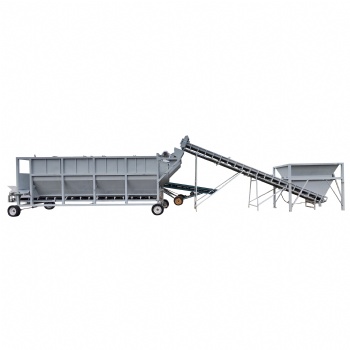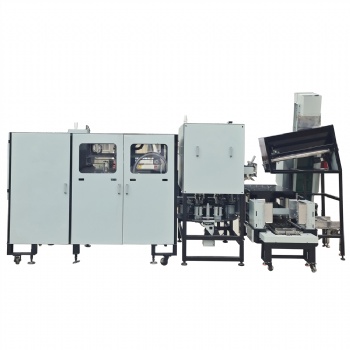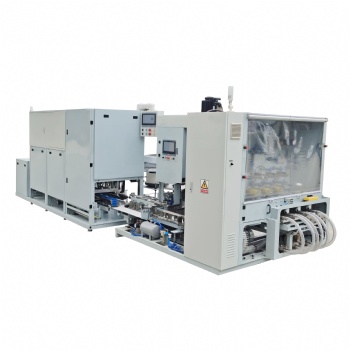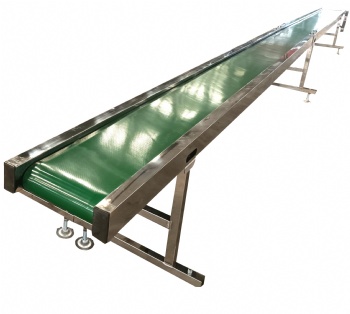News
Causes of Spawn Death During the Incubation Period After Inoculation
Causes of Spawn Death During the Incubation Period After Inoculation
The phenomenon of spawn not germinating and dying at the inoculation site is quite common. The main reasons include:
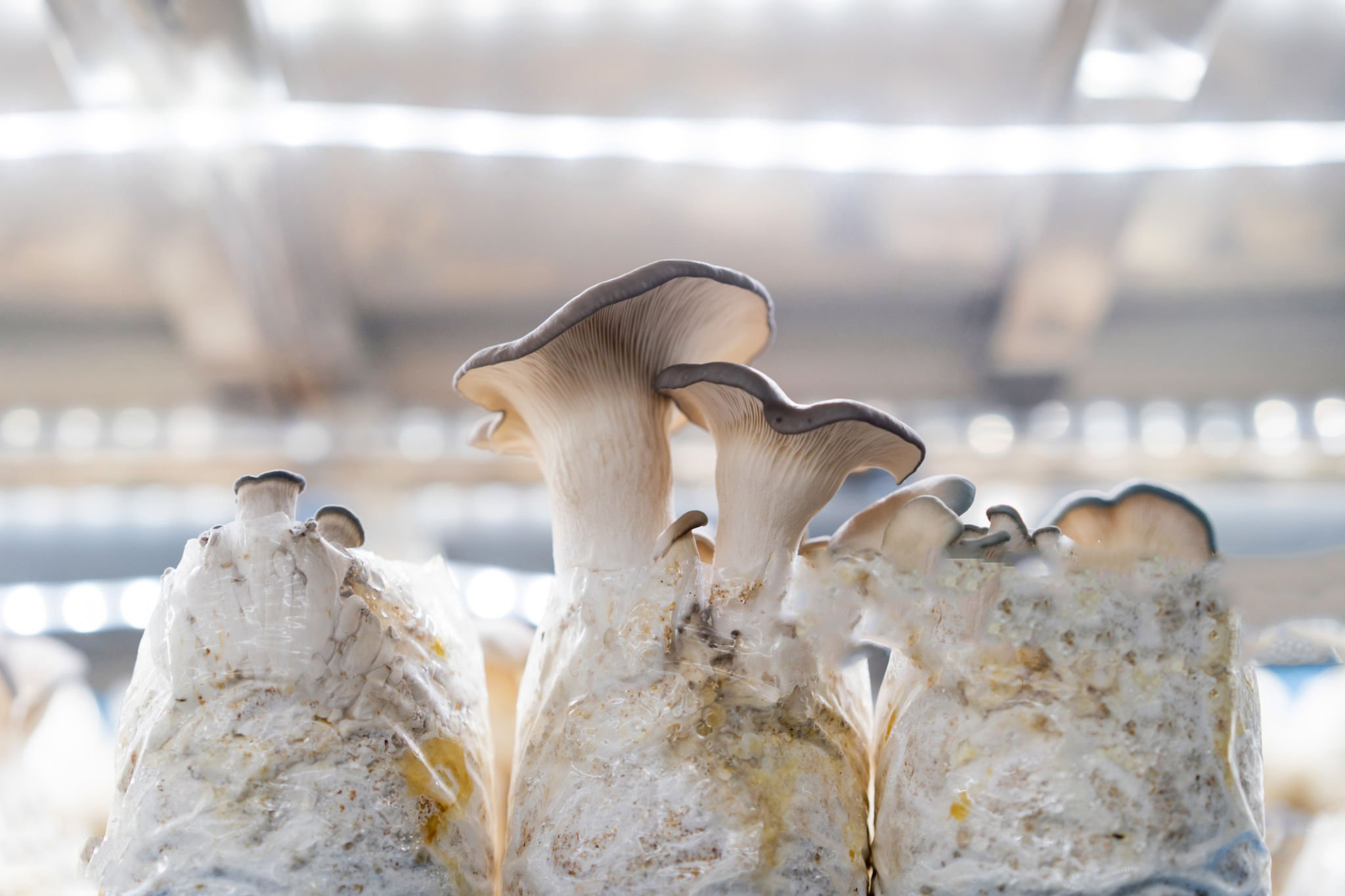
Strict Pre-Inoculation Treatment
Whether in industrial production or small-scale cultivation, it is essential to properly disinfect the inoculation area before opening the spawn bag. The bag should be washed with disinfectant solution, and at least 3 cm of the top layer of the tertiary spawn should be removed. Neglecting these critical steps or handling them carelessly increases the risk of contamination by mold.Firm Inoculation
The spawn must be firmly placed, with 2–3 mm of it exposed to prevent dehydration and nutrient loss.Proper Temperature Control
The ideal temperature for incubation after inoculation is 13–18°C, and it should not exceed 20°C. Proper temperature management is crucial for successful mycelial growth.
Additionally, it is important to note that during the early stages of incubation, mycelium grows slowly and initially spreads into the substrate. There is no need to worry if mycelium is not visible within the first seven days. Once visible, its growth rate will accelerate, forming mycelial colonies, thereby ensuring a high survival rate. Effective management during this stage is essential.
If incubation temperatures cannot be maintained within the required range, it is necessary to improve ventilation and implement heat dissipation measures. Otherwise, excessive environmental temperatures combined with the heat generated by mycelial growth may cause the spawn to "burn" or lead to severe contamination by molds such as Trichoderma and Cladosporium.
While many attribute the problem solely to the inoculation environment, incubation management, inoculation techniques, and procedural oversights can all contribute to spawn death.
Categories
Contact Us
- +86 15093267083
- +86 15093267083
- amy@zzbelead.com
- +8615093267083
